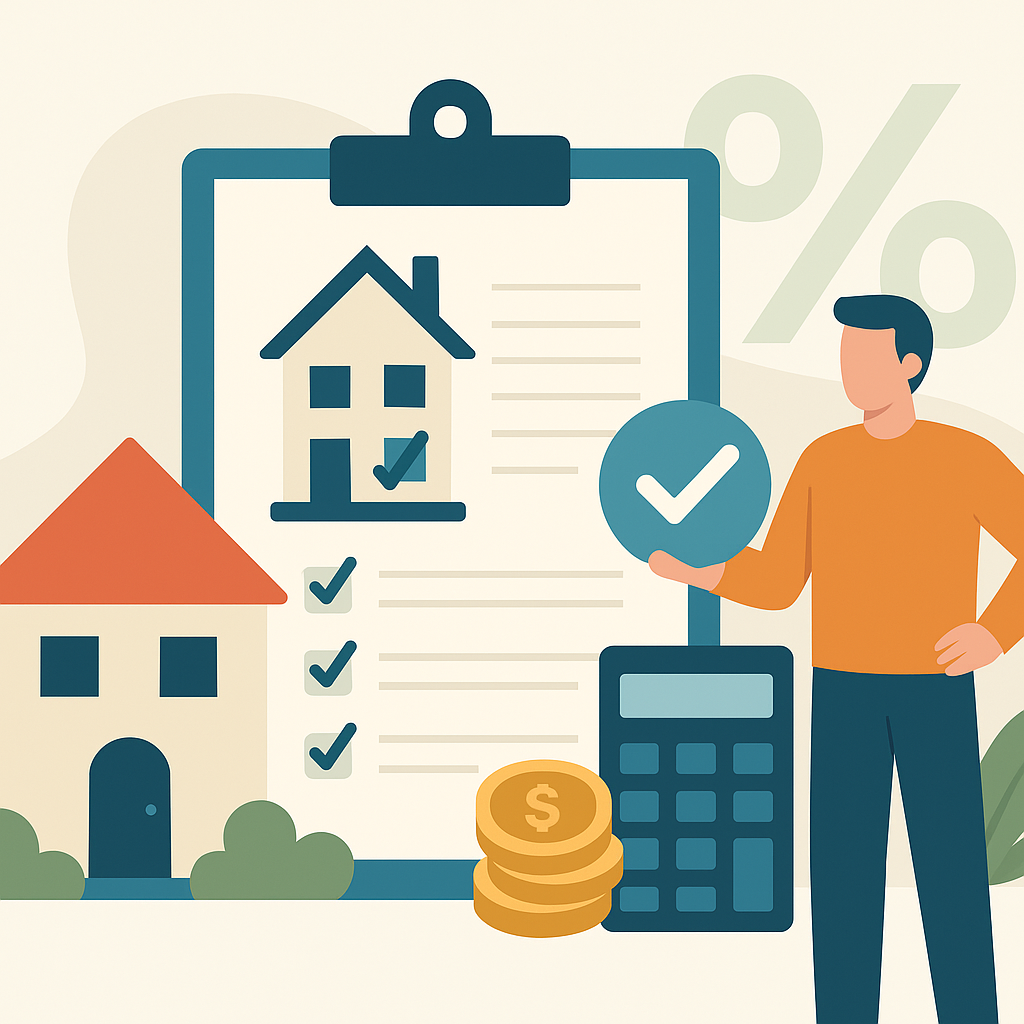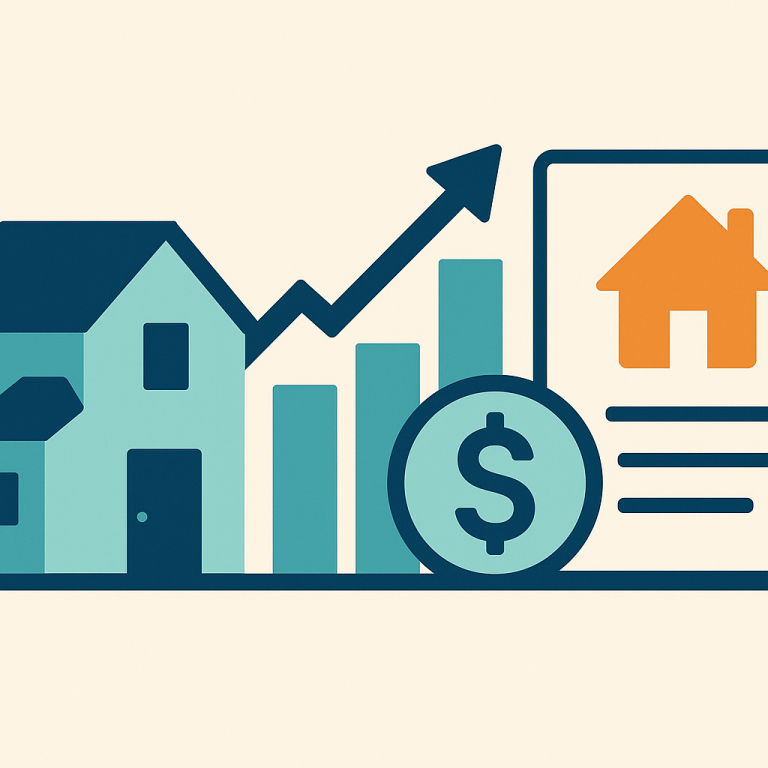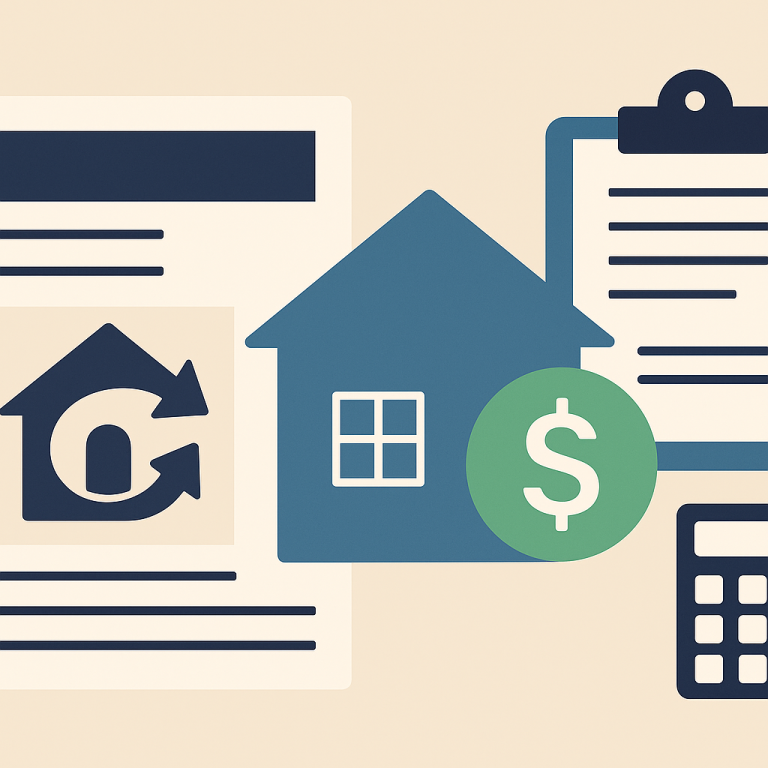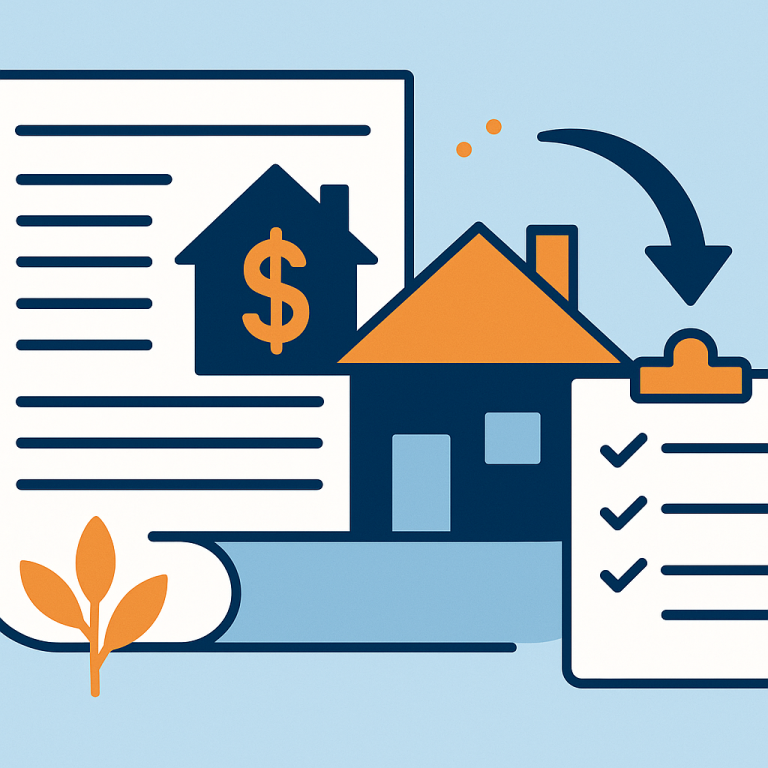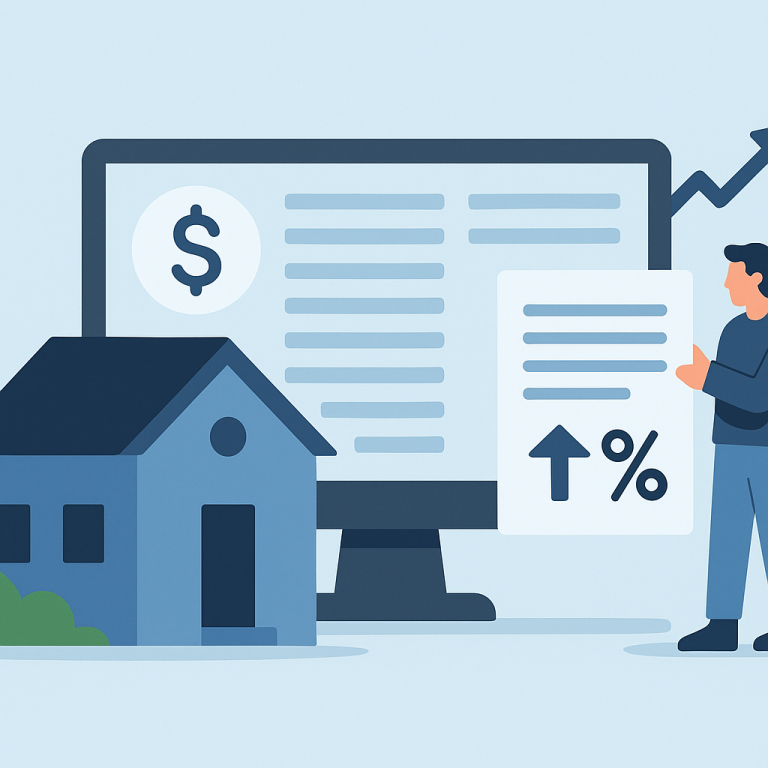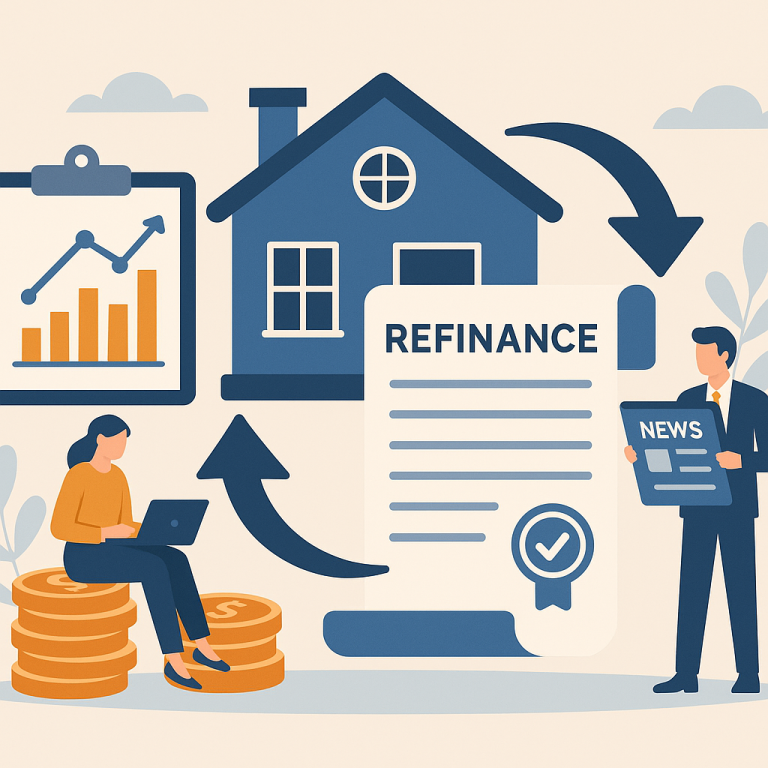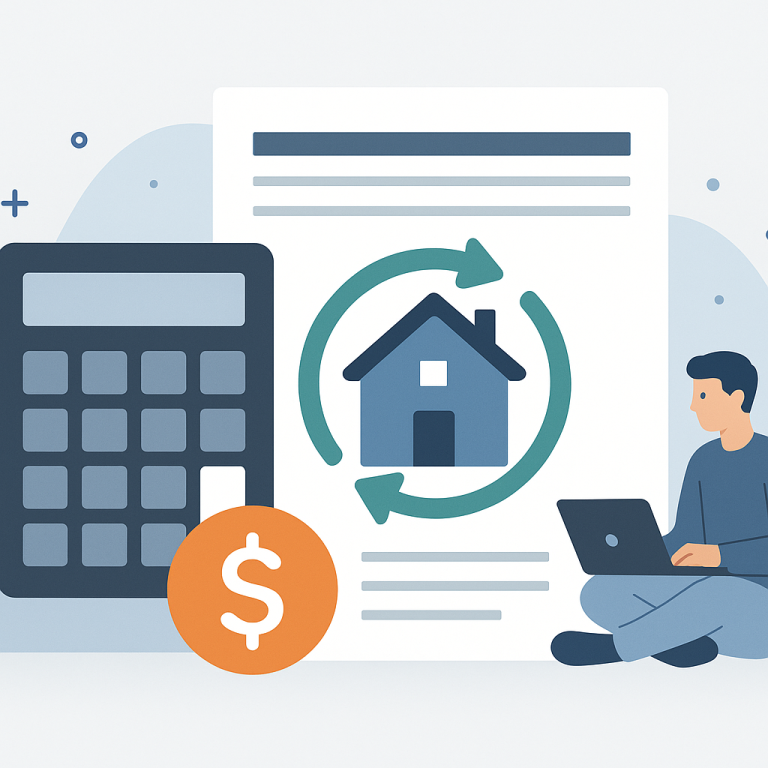Refinance guide rate buydowns on refinance temporary vs permanent
Rate Buydowns on Refinance: Temporary vs Permanent
When refinancing your mortgage you may be offered ways to lower your interest rate either temporarily or permanently by paying “points” or accepting a structured buy down. Understanding the difference between temporary and permanent buydowns, how they affect monthly payments, and which fits your financial goals can help you choose the right option during a refinance.
What it is and when it makes sense
What is a rate buydown?
A rate buydown lowers the interest rate on your mortgage in exchange for an upfront payment or credit. A permanent buydown lowers the rate for the entire life of the loan by paying discount points at closing. A temporary buydown reduces the rate for a limited period (commonly 1–3 years) and then the rate returns to the note rate.
When it makes sense
- Temporary buydown: Useful if you want lower payments for the short term—for example, if you expect higher future income, plan to sell in a few years, or need breathing room after a cash-out or job change.
- Permanent buydown: Best if you plan to keep the mortgage for many years and want maximum long-term interest savings, and you have cash to pay points at closing.
- Refinance context: Buydowns can be paired with a refinance to reduce monthly payments immediately (temporary) or permanently lock in a lower rate after refinancing to a new term (permanent).
Benefits and drawbacks
Benefits
- Lower monthly payments during the buy down period (temporary) or for the life of the loan (permanent).
- Improved qualification: Lower initial payments may help you qualify for larger loans or meet debt-to-income limits during underwriting.
- Flexibility: Temporary buydowns let you get short-term relief without committing cash to permanently lower the rate.
Drawbacks
- Upfront cost: Both options typically require paying points or accepting a credit that comes with trade-offs. Temporary buydowns are often funded by seller or builder credits but may still require borrower funds.
- Limited payoff horizon: Temporary buydowns only help for the specified period, after which payments rise to the full rate.
- Opportunity cost: Money used to buy down a rate could be invested elsewhere or used to pay down higher-interest debt.
Costs and fees
Costs vary by lender and market conditions. Typical elements include:
- Discount points: One point equals 1% of the loan amount and typically reduces the rate by a fraction (commonly 0.125% to 0.25% per point) for a permanent buydown.
- Temporary buydown funding: May be paid by you, a seller, or a builder as a lump sum at closing that funds the reduced-rate period. It’s often structured as an escrowed subsidy that the lender applies to reduce monthly interest for the initial years.
- Closing costs: Origination fees, appraisal, title, recording fees and other standard refinance costs still apply.
- Prepayment considerations: If you sell or refinance again soon, you may not recoup the cost of points or subsidies.
Calculate the break-even point by dividing the upfront cost by the monthly payment savings. If you plan to keep the loan longer than the break-even period a permanent buydown can make sense; if not, a temporary buydown or none at all may be better.
Step-by-step process
- Shop lenders and compare quotes: Ask for the note rate, APR, and specific buydown offers (points vs temporary structure). Request an estimate showing monthly payments under each scenario.
- Run break-even calculations: Determine how long it will take for monthly savings to cover the upfront cost of points or the seller-funded subsidy.
- Negotiate: If you’re working with a seller, builder, or lender, try to negotiate seller-paid temporary buydowns or lender credits to offset closing costs.
- Review loan documents: Make sure the buydown terms—duration, rate schedule, funding source—are clearly written into the refinance agreement and Closing Disclosure.
- Close the refinance: Pay points or accept credits at closing. For temporary buydowns, the subsidy will be applied according to the buydown schedule; for permanent buydowns, your rate will be reduced for the life of the loan.
- Monitor your mortgage: Track payments and confirm the rate adjusts as expected after the temporary period, or that the permanent rate is reflected on statements.
Common pitfalls to avoid
- Confusing the initial buydown rate with the permanent note rate. Temporary offers can look attractive but only last for the stated period.
- Failing to calculate break-even: Paying points makes less sense if you plan to sell or refinance before recouping the cost.
- Overlooking APR and total interest: Comparing only the monthly payment can hide the true cost—use APR and total interest to compare offers.
- Assuming seller credits are free: A seller might account for a buydown by negotiating a higher sale price or reducing other concessions.
- Neglecting tax and escrow impacts: Points may be deductible in some situations; escrow and mortgage insurance can change when the payment shifts upward after a temporary buy down ends.
Short FAQ
Q: Can I finance a permanent buydown as part of the refinance?
A: No. Discount points that buy down the permanent rate are typically paid at closing and cannot be rolled into the loan balance for the same loan; however, some lenders let you take a higher-rate loan and pay points to lower it, or offer lender credits that offset costs.
Q: Who usually pays for temporary buydowns?
A: Temporary buydowns are often funded by sellers, builders, or developers as an incentive. Borrowers can also pay for them at closing. The key is clarifying who provides the subsidy and how it’s applied.
Q: Will a temporary buydown affect my credit or ability to refinance later?
A: The buydown itself doesn’t harm credit. However, when the buydown ends and payments rise, your debt-to-income ratio changes, which could affect future qualifying unless your income has increased.
Q: How do I know whether temporary or permanent is better for me?
A: Run the numbers: calculate upfront cost, monthly savings, and break-even time. If you expect to keep the mortgage longer than the break-even period, a permanent buydown may be better. If you want short-term relief and expect higher income or a sale, a temporary buydown can be a smart move.
Deciding between temporary and permanent buydowns on a refinance comes down to how long you’ll keep the loan, how much cash you can or want to spend up front, and whether short-term lower payments or long-term interest savings matter more. Shop offers, run the break-even math, and read the closing documents carefully so there are no surprises when the buydown period ends.
META: topic=rate-buydowns-refinance; type=evergreen-article; words=1018

